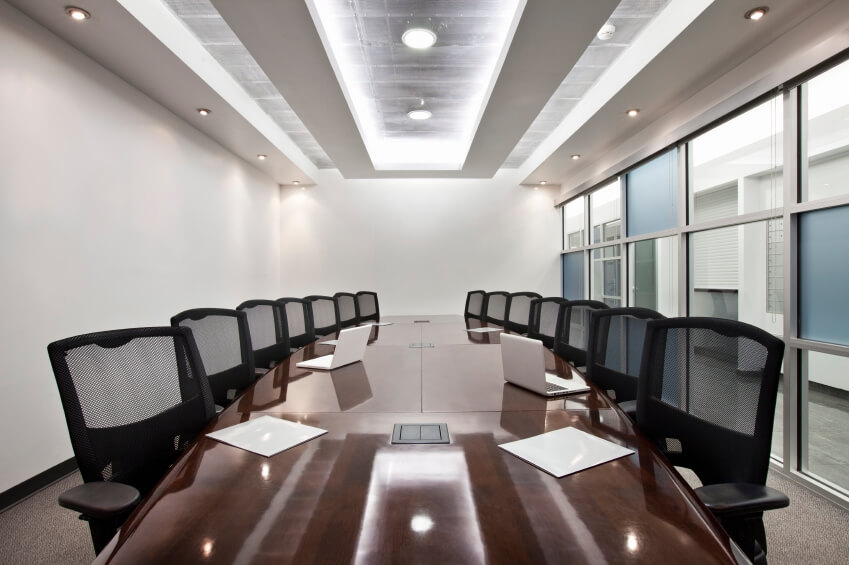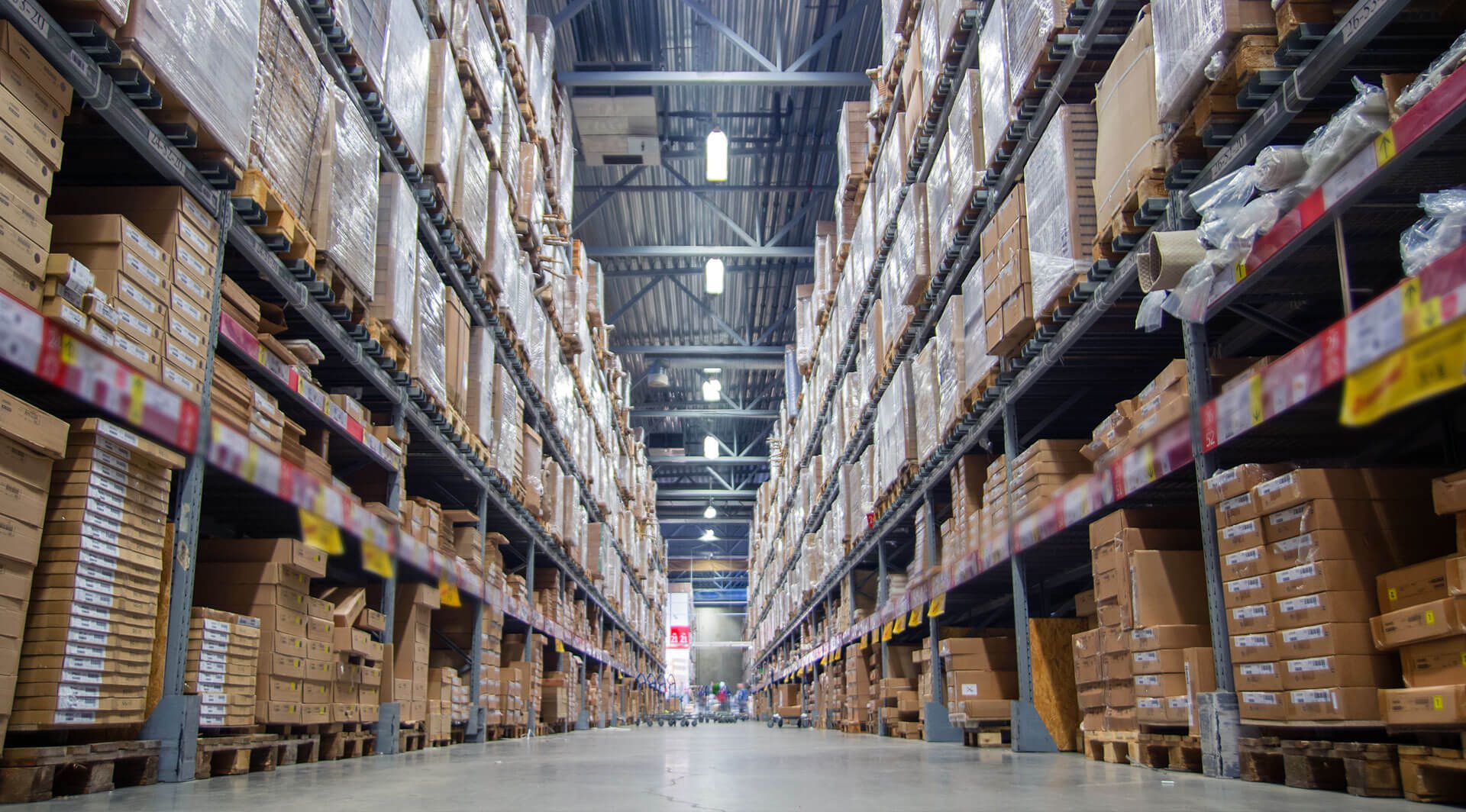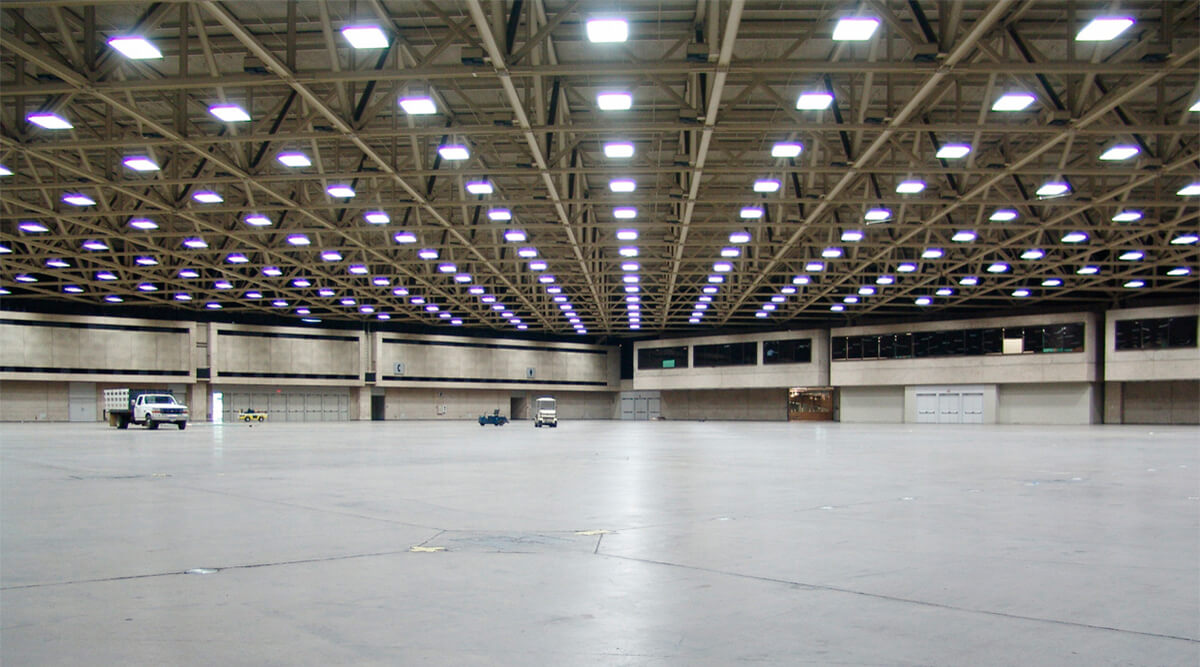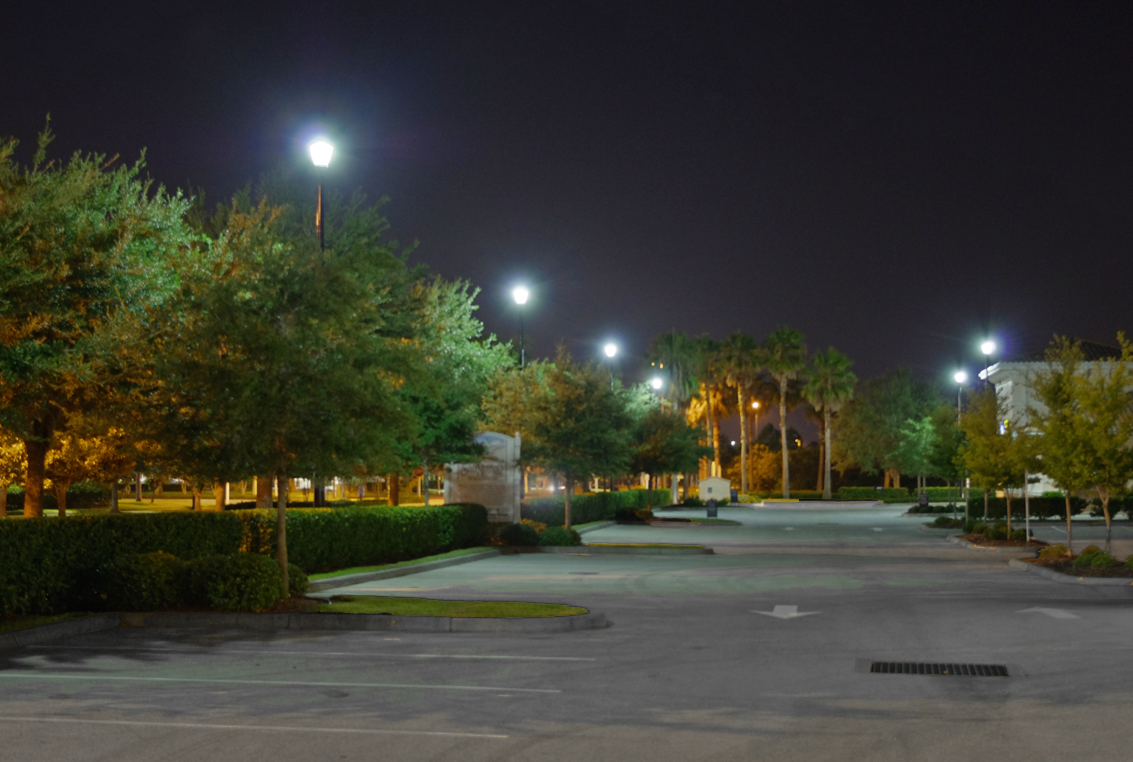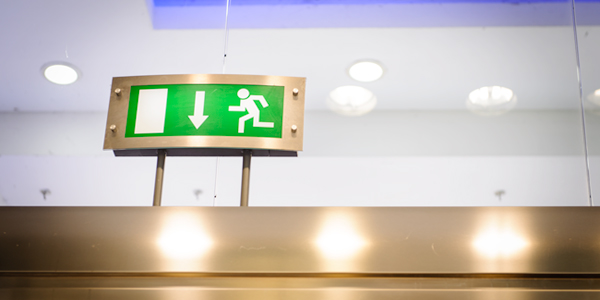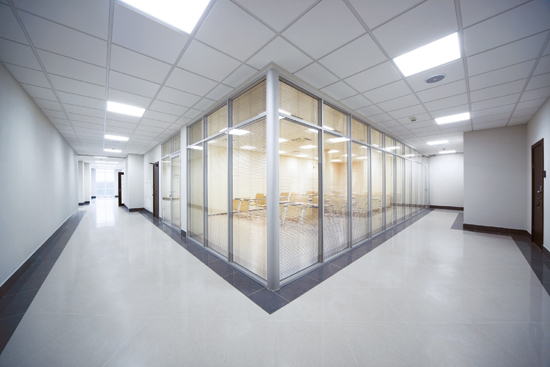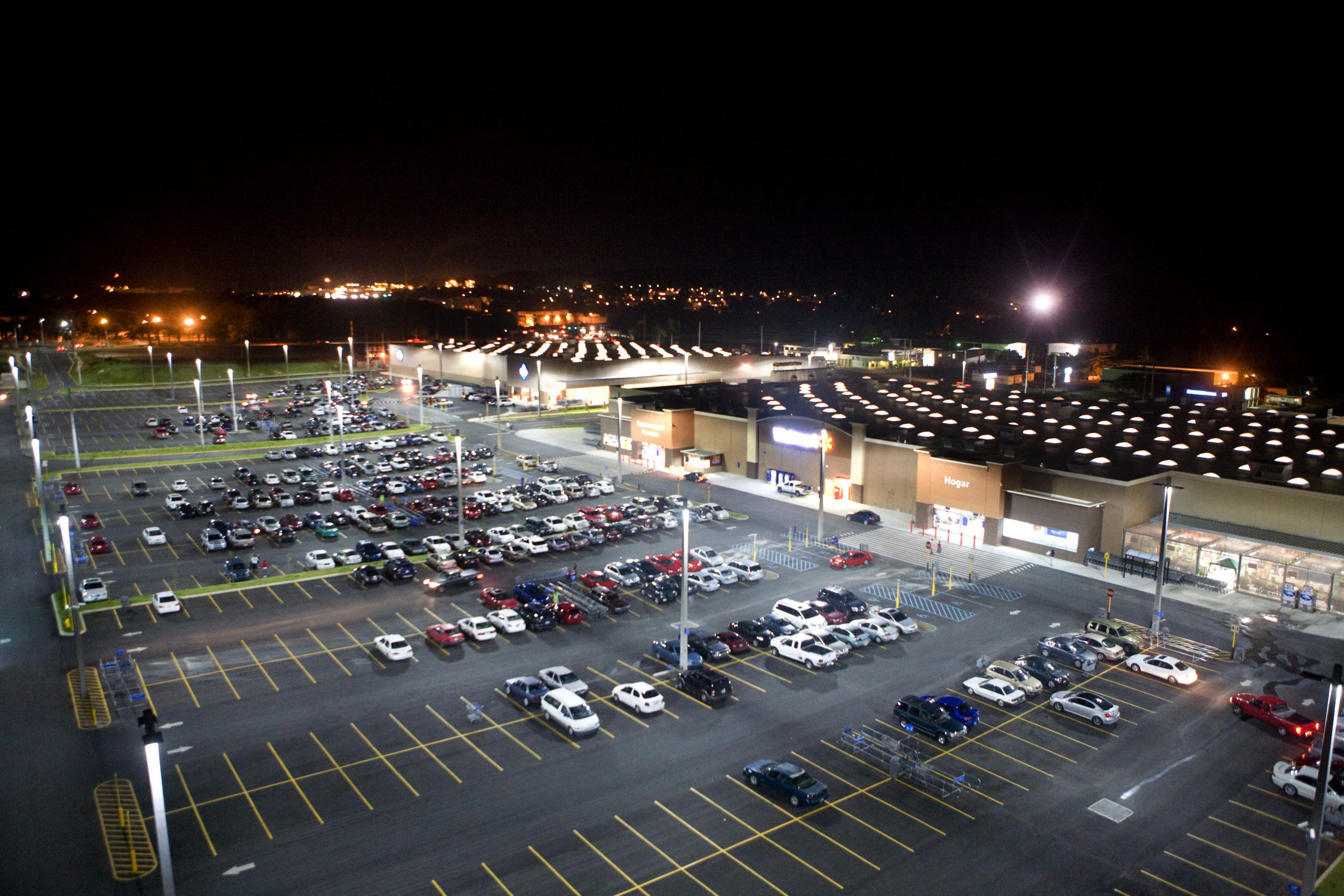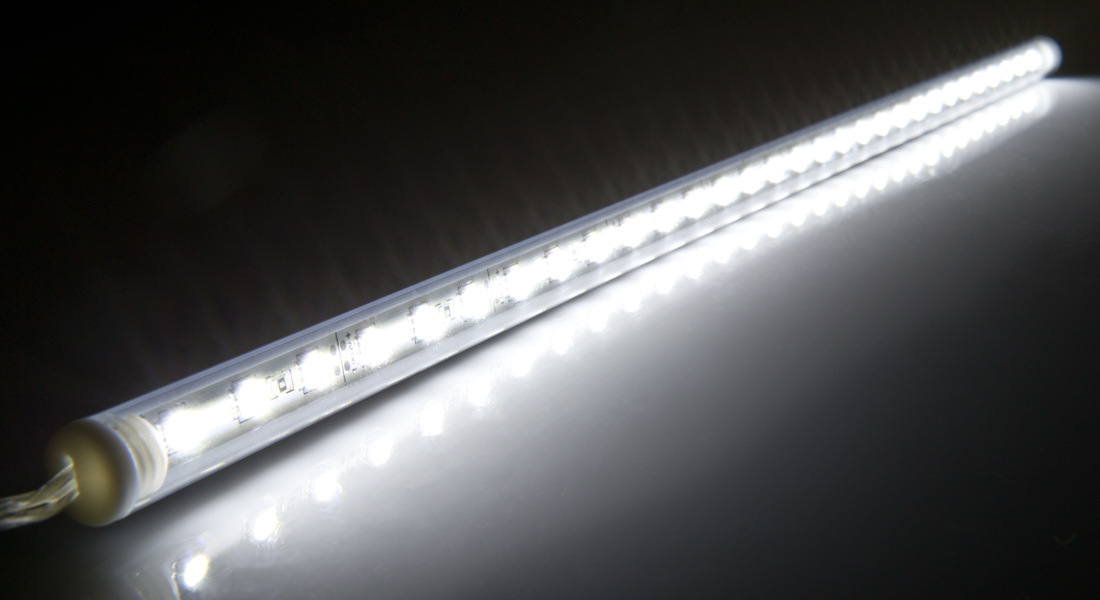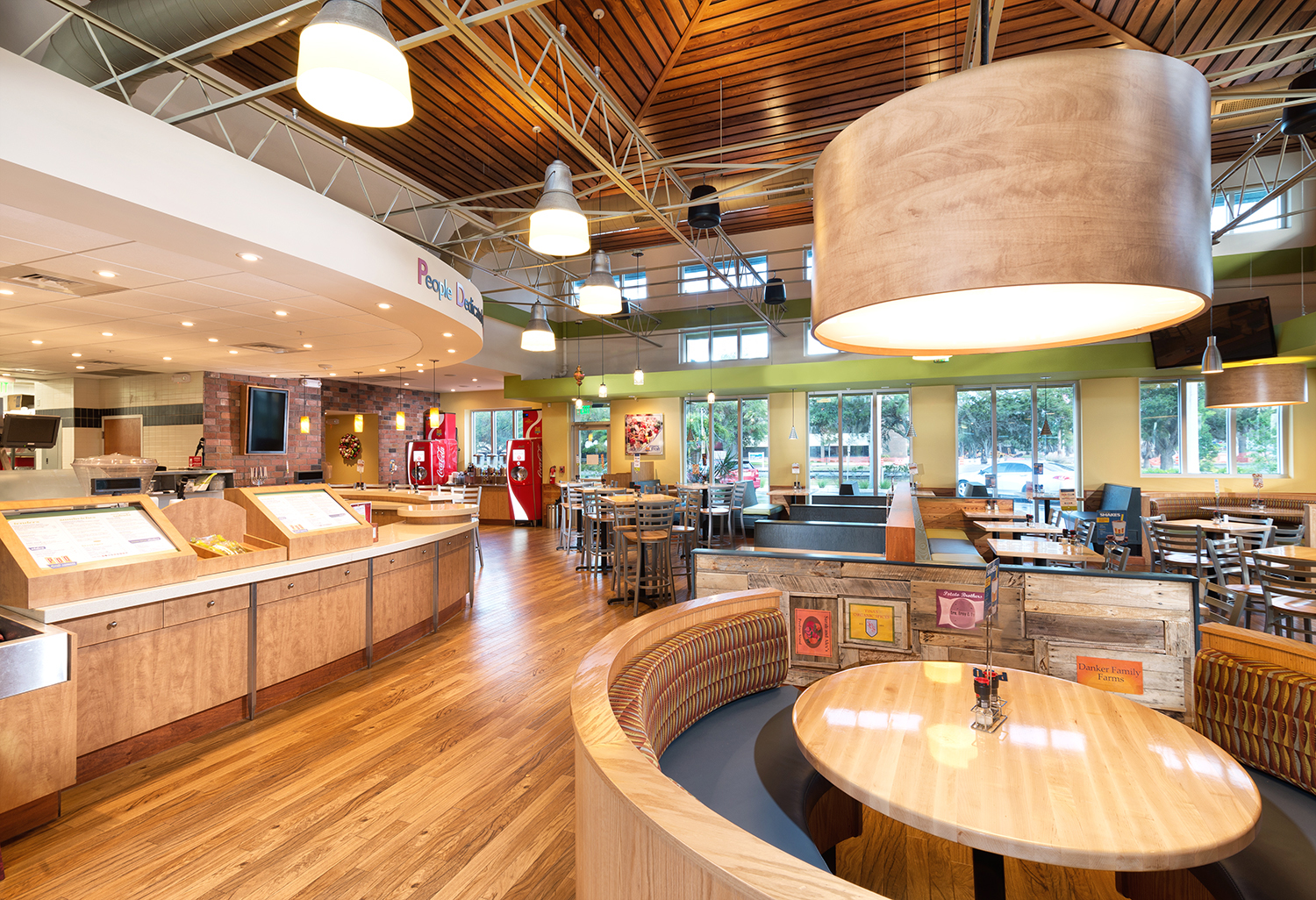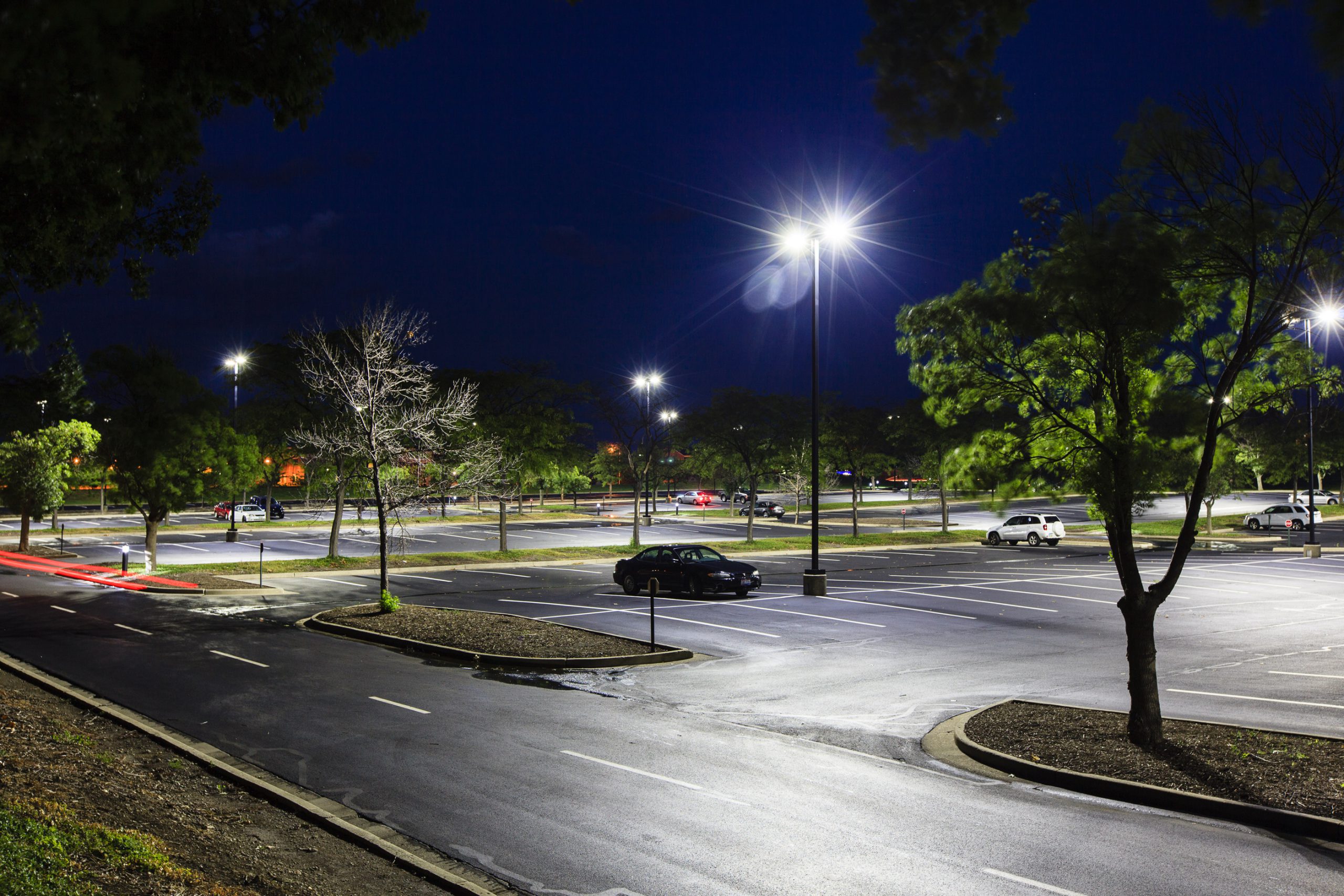An optimal office environment requires more than keeping it well lit, maintaining a comfortable temperature, and providing workers with the right tools. These are only the basics and don’t include more subtle environmental factors. Subtle effects such as the brightness of the lighting and its spectrum of color components, play an important role throughout the course of the work day. Although you can, with some effort and focus, achieve spectacular productivity in less than ideal conditions for an hour or two, the subtle environmental effects will take their toll over the course of the day and workweek.
Light brightness can produce eyestrain when it’s too dim. Unfortunately, many office environments overcompensate with lighting that’s too bright. This produces fatiguing glare and likewise causes eyestrain. The right amount of light will vary depending on the task. The ideal lighting that reduces computer screen glare for example, is different from that required for reading text off a sheet of paper, which depends on reflected light. This is solved with an adjustable light source for the different types of work. LED lighting readily accommodates this.
LED lighting is unique in that it is whiter than other types of lighting. The reason is that its light has a fuller color spectrum and closely resembles sunlight (minus the UV rays). Specifically, LEDs have more blue light.
It’s this blue light that boosts your mood and alertness when outdoors on a sunny day. This means that workers in LED lit rooms without windows will not feel like they’re working in brightly lit caves. The blue light component boosts their mood, alertness and productivity. Unlike a window however, the weather won’t affect the output of an LED light.
Some have exploited this “outdoor lighting” effect by installing LED panels in the ceiling that look like skylights. Others have taken this further and devised LED ceiling panels that simulate white clouds floating under a blue sky.
When considering the period required for LED lighting to pay for itself, most estimates only take energy savings into consideration.

